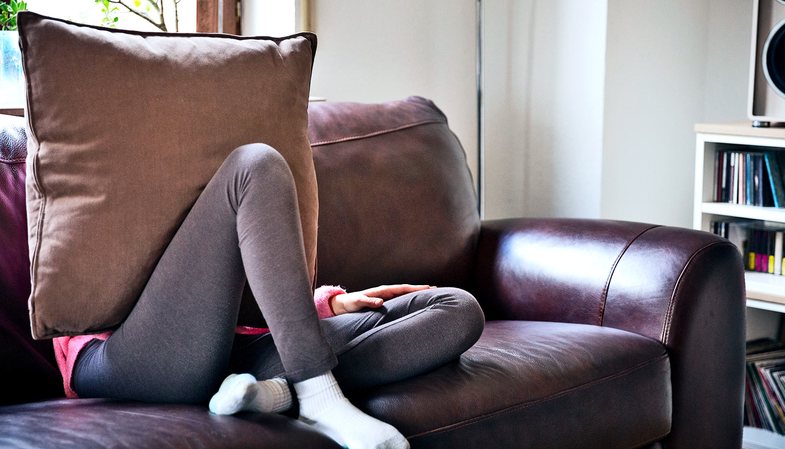
Bullying is usually portrayed in popular culture as either physical attack, such as pushing and kicking, or verbal attack, such as threats and insults. However, relational aggression is the most common form of bullying. It includes social exclusion from group activities and the spreading of harmful rumours.
"Previous studies suggest that when a child is excluded from social activities by their peers at school, the outcomes for that child, both short-term and long-term, will be as damaging as if they were kicked, punched or slapped every day. So this study sheds light on the social exclusion that young people often face," says Chad Rose, an associate professor at the University of Missouri.
For the study, Rose analyzed survey results that were part of a larger evaluation conducted in 26 elementary and middle schools in five school districts in the southeastern United States. Researchers asked more than 14,000 students whether they agreed or disagreed with statements that reflected pro-bullying attitudes, perceived popularity, and relational aggression.
"If we see two children in a physical fight, we feel compelled to separate them. But when we see kids being ostracized by their peers, adults don't always seem to see it as something harmful, and that's the scary part," he adds.
"Bullying doesn't start or end with the school bell, it's a community issue," says Rose. "I think, as adults, we need to be more aware of what we're teaching our children about how we interact in society, as schools are a reflection of our communities."





